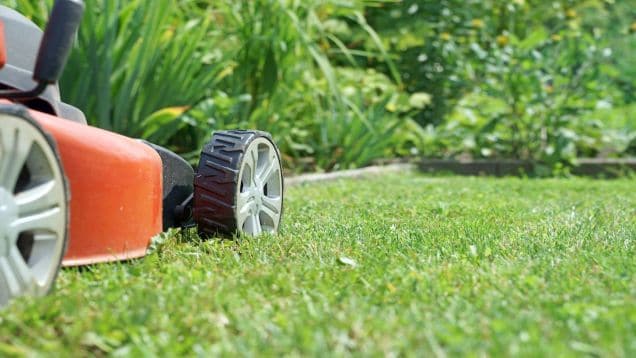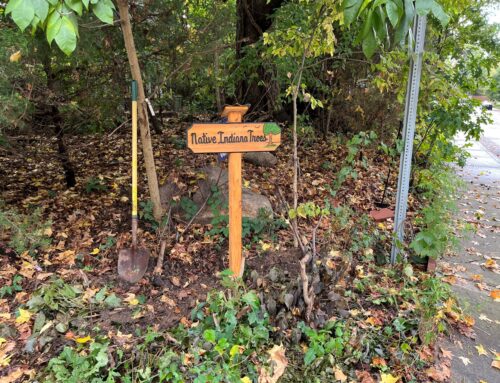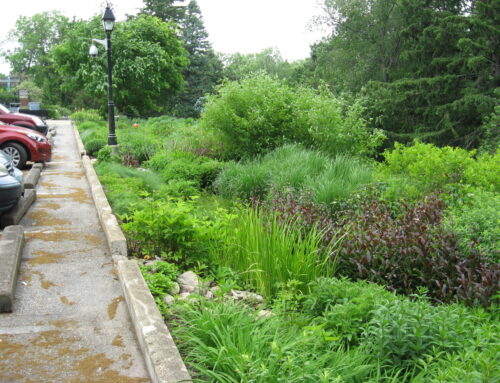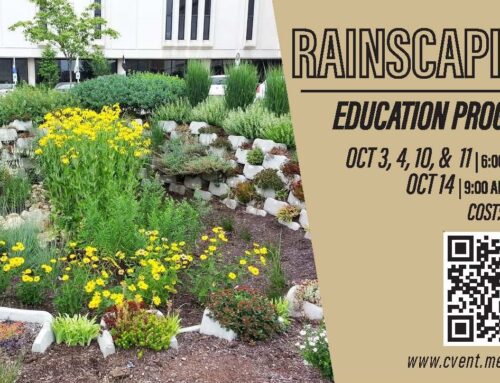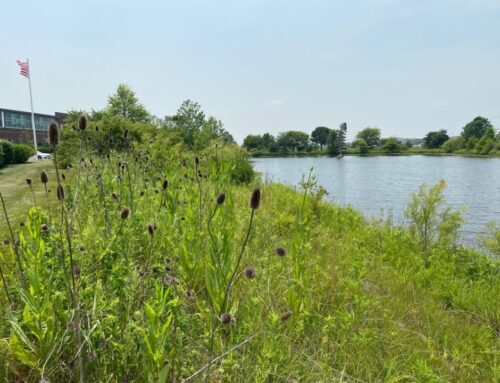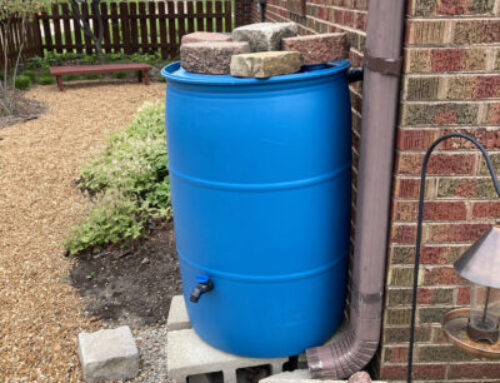Though the recent snowfall may indicate otherwise, spring weather is right around the corner. For many homeowners in Marion County that means yard work will soon begin. Everyone dreams of the immaculately manicured lawn, but how does your green lawn impact water quality? Fertilizers that are used on lawns, golf courses and in agriculture can have devastating impacts on water quality.
What is happening?
The most common fertilizers contain nitrogen and phosphorus, which both help plants grow, but the excess fertilizer from your lawn doesn’t always stay in place. When it rains, the runoff enters our waterways and the fertilizer that was feeding your lawn is now feeding something else downstream. Those nutrients also help algae grow, and in the right conditions, an algal bloom can occur.
Algal blooms can grow rapidly, thanks to the fertilizer from your lawn (and other sources), and as it decomposes it begins using up the dissolved oxygen in the water. This creates hypoxic zones or “dead zones” in bodies of water.
This has been seen for many years in the Gulf of Mexico, which is where the runoff from Marion County, and most of the Midwest, ultimately ends up. In 2017 the dead zone in the Gulf of Mexico was comparable to the size of New Jersey. Other notable algal blooms in the U.S. have been seen in Lake Erie and the Chesapeake Bay.
Why it matters?
The algae covers the surface of the water, blocking sunlight for the aquatic plants. Once the algae begins to die and decompose, it depletes the supply of oxygen that the marine life below need to live, creating an uninhabitable space below. This has devastating impacts upon marine life and water quality.
These algal blooms don’t only wreak havoc on the natural environment but are increasingly having devastating economic impacts. The coastal regions that are driven economically by tourism and fishing operations are hit the hardest by these algal blooms. Fish kills that happen after an algal bloom have impacts on the fishing industry. And when the beaches are filled with algae and dead fish, no one wants to spend their vacation down there.
In 2014, an algal bloom in Lake Erie affected the drinking water supply in Toledo, Ohio for three days. This could mean more expensive water rates in the future, as municipalities and private companies have to work harder to filter and clean our drinking water.
What can you do?
If you aren’t ready to completely cut fertilizer out of your lawn care routine, you should be responsible in your fertilizer choice, application rate and application timing.
- Test your soil to see what your lawn needs.
- Choose a fertilizer with low or no phosphorus.
- Apply only in areas that need fertilizer.
- Never apply fertilizer when rain is in the forecast.
- Consider changing your manicured lawn into a native habitat.
- Take the pledge with Clear Choices Clean Water here.

